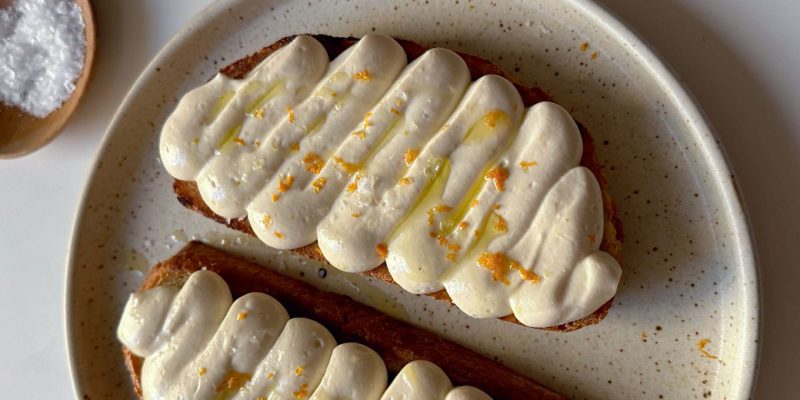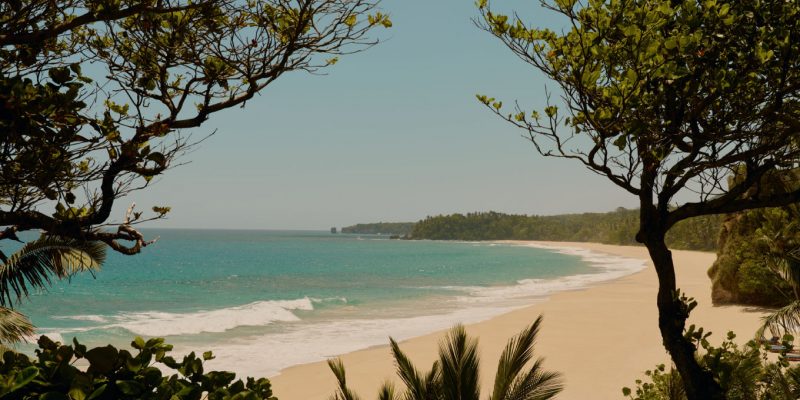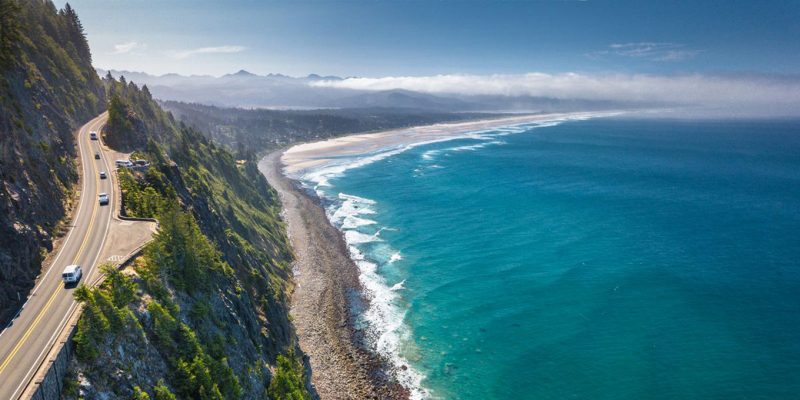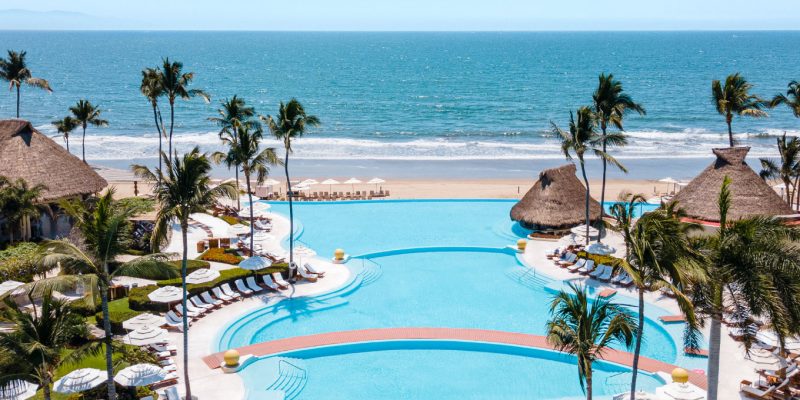Travel
ELLE World: The cocoa road
Find out just how sweet chocolate can be.
by : Andrew Wallace- Nov 2nd, 2011
At the end of the cocoa road, an old woman is holding court. She is standing in a small, dark kitchen surrounded by a few modest appliances: a stove, a few mixing bowls and a wooden spoon. Her hands are wrinkled and worn, and the skin on her face is leathery. The extended family of younger women who work alongside her and the cocoa farmers who make her work possible stand smiling as she shares her story with me.
Juana Maria Sosa is the de facto leader—an elder of sorts—at a small community centre high in the hills of the Dominican Republic. There, she presides over a women’s group that is at the heart of a sustainable-development initiative inextricably linked to the country’s cocoa-farming industry. Twenty years ago, she would have been nothing more than a poor farmer’s even poorer housewife, empowered to do nothing but wait on her husband and children. But now, along with her coterie of female colleagues, she supplements her income with by-products of the cocoa harvest, producing delicious artisanal cocoa, wine and marmalade.
The tale that the old woman tells with the help of a translator is the story of the National Confederation of Dominican Cocoa Producers (CONACADO), a democratically run commercial co-operative that transformed the country’s cocoa industry. Founded in 1988, CONACADO embarked on a two-decade-long project to attract multinational chocolate producers to the country’s cocoa, hoping to empower initiatives like The Women’s Project at the end of the cocoa road. The community centre where I’m standing is proof enough of the progress that CONACADO has made.
Not very long ago, the nation’s predominantly impoverished cocoa farmers had zero influence over the distribution of their product and found themselves completely beholden to a small group of powerful and exploitative companies that controlled the market. Now, more than 10,000 small-scale Dominican producers have banded together to reclaim the means of production; the farmers are paid a fair and guaranteed price by buyers like Green & Black’s Organic, an organic chocolatier based in the United Kingdom and the largest buyer of the country’s cocoa.
I’ve seen dramatic results with my own eyes. On my way to the small community centre set deep in the lush, forested hills, I travelled across the small Caribbean nation, talking to the farmers of the CONACADO co-op. My first stop was a regional harvesting station where a group of rugged but friendly farmers walked me through the initial steps of turning cocoa into chocolate. Sitting in the hot, tropical sun, I watched them drop bags of cocoa beans off at the harvest grounds (some in beat-up old pickups, some on the backs of mules and donkeys) to start the fermentation process. I nearly vomited on the spot from the overwhelming stench of the wet, still-ripening beans before running my hands through the dry beans that lay baking in the sun, waiting to be shipped to some of the biggest chocolate-producing nations around the world, like Switzerland, Italy and the United Kingdom.
Twisting through the unpaved roads of the Dominican backcountry, I stopped at a small cocoa farm and sat with Christophe, a diminutive farmer. Swinging a giant machete, he cut the cocoa pods—basically purple and orange footballs—off of the small trees. After cracking open a pod, I tasted the sherbet-like substance that coats each peanut-size bean. The unfermented beans are sweet and slimy— a pleasant surprise given how bitter fermented beans are before being turned into sexy, smooth chocolate. What shocked me most of all, though, was that this tiny man chatting casually had never sampled the fruits of his labour—he had never actually held a bar of Green & Black’s Organic chocolate. I presented him with a halfmelted bar we had in the car. He thanked me warmly but looked puzzled. As we turned to leave, I looked over my shoulder and asked him a question that I needed to have answered by someone who labours in the cocoa fields every day: “Te gusta CONACADO? [Do you like CONACADO?]” He looked me in the eye and grinned, giving the same answer as everybody else I had asked. “Claro,” he said. Of course.
Read more:
Tour through fashionable Copenhagen
Top 6 trends in luxury travel
Newsletter
Join our mailing list for the latest and biggest in fashion trends, beauty, culture and celebrity.
Read Next

Fashion
H&M's Latest Designer Collab With Rokh Just Dropped (And It's So Good)
We chatted with the emerging designer about the collaboration, his favourite pieces and more.
by : Melissa Fejtek- Apr 18th, 2024

Culture
5 Toronto Restaurants to Celebrate Mother’s Day
Treat your mom right with a meal at any of these amazing restaurants.
by : Rebecca Gao- Apr 18th, 2024

Culture
This Maple Whipped Tofu Toast Is Unreal
Light, fluffy with a touch of zest, this maple syrup-infused toast is a slice of heaven.
by : Margaux Verdier- Apr 9th, 2024




